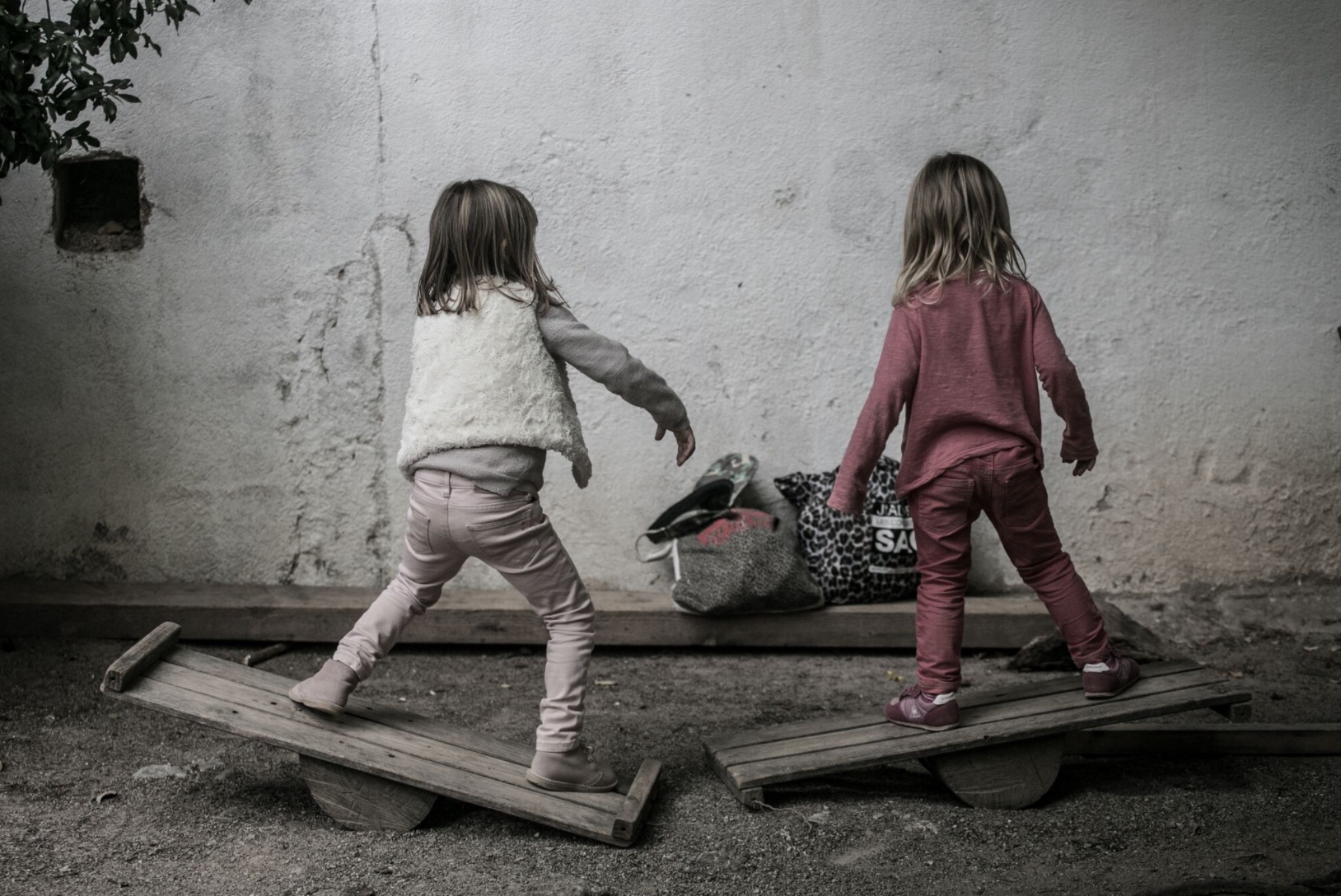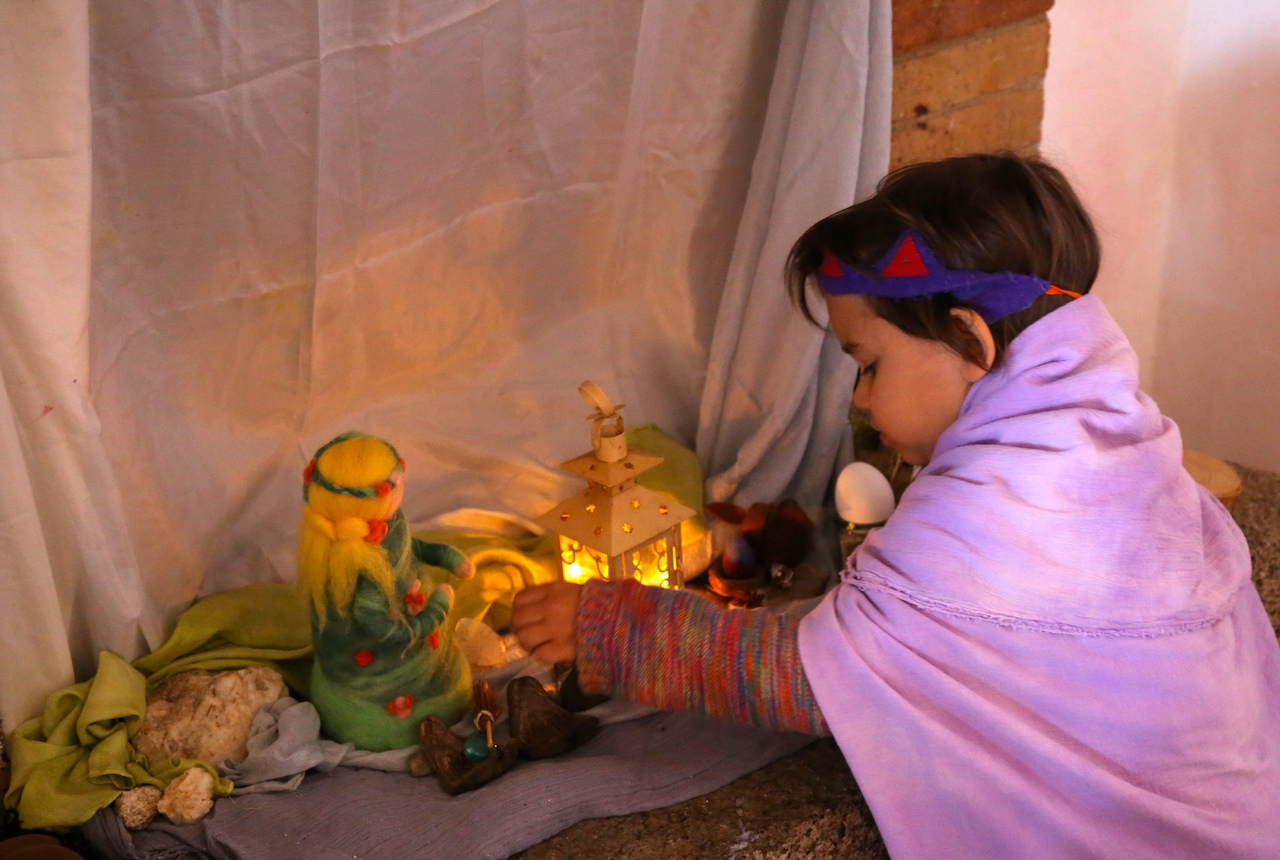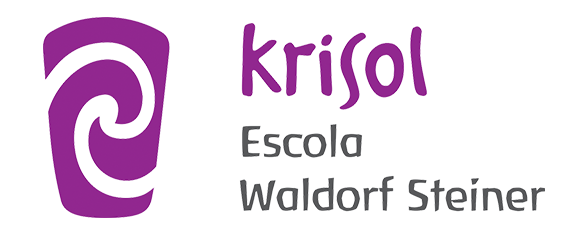What is the Pedagogy of Waldorf?
The Waldorf pedagogy is a system of education initiated by Rudolf Steiner, outstanding philosopher, sociologist, educator and scientist, at the beginning of the 20th century.
In 1919 the owner of the Waldorf Astoria cigarette factory entrusted Steiner with the task of creating the school for the children of his workers. That is how the first school was born in Sttutgart, Germany.
This pedagogical system is based on a deep anthropological knowledge of the human being and its different stages of development, which allows teachers to always have an up-to-date viewpoint, thus attending to the true needs of each child, at each age, in each stage and place they are.
It is based on the daily search and understanding of the developing child: their physical body, their psychic faculties and their individuality, which is why educating requires of teachers a deep personal journey that enables them to perceive the maturing processes of their students so as to capture the phenomena of nature, scientific progress, historical and social advances of today’s world.
For Waldorf teachers, the most important thing is not what is taught, but how it is taught. The educational program created by Steiner is based on the child, on awakening the capabilities of the human being: think, feel and do, for this the teacher is an artist of education, who through the observation of the needs of children is delivering the content at the right time and in the right way at its evolutionary stage.





According to Steiner, there are three stages in which we must pay special attention during the education of a child, to be able to relay curriculum contents in the appropriate forms that develop and enhance their abilities.
From conception to 7 years: stage of imitation.
Thanks to imitation children learn the most important things they will learn in their entire lives: standing up, the acquisition of language and the ability to think. They also learn the gestures and attitudes they see in adults who are in their immediate surroundings.
In addition, at this stage children are constructing their bodies, so that all their energy is dedicated to the formation of their own body until the moment that their milk teeth fall out.
From 7 to 14 years old: the heart of childhood.
The milk teeth have fallen. This is a sign of a very important physical change, the energies used in the growth of the body are released and can be used for school learning.
In this seven-year segment, the fundamental characteristic is the imagination, that is why it is important that the contents are adequate and respect this creative universe.
In Waldorf schools there are not only many artistic subjects, but every content, every gesture and every school life is impregnated with imagination and feeling. In this way the children achieve deep and true learning, and not a cold and abstract accumulation of easily forgettable data and skills.
From 14 to 21 years: development of the capacity of judgement.
At this stage the young person must experience his ability to judge, to make judgments, so that each teacher must find creative ways to present the contents so that the young person is allowed to have this experience and find the laws that are behind the phenomena.
This capacity is canceled when only texts digested by others are memorized and repeated, which is what is done in almost all schools today.
Naturally in this stage art is the instrument of development of the soul, science is united with art so that they can develop into integral people, with powerful thought, a life full of feeling and a will that allows them to carry out the tasks that they consider vital.

